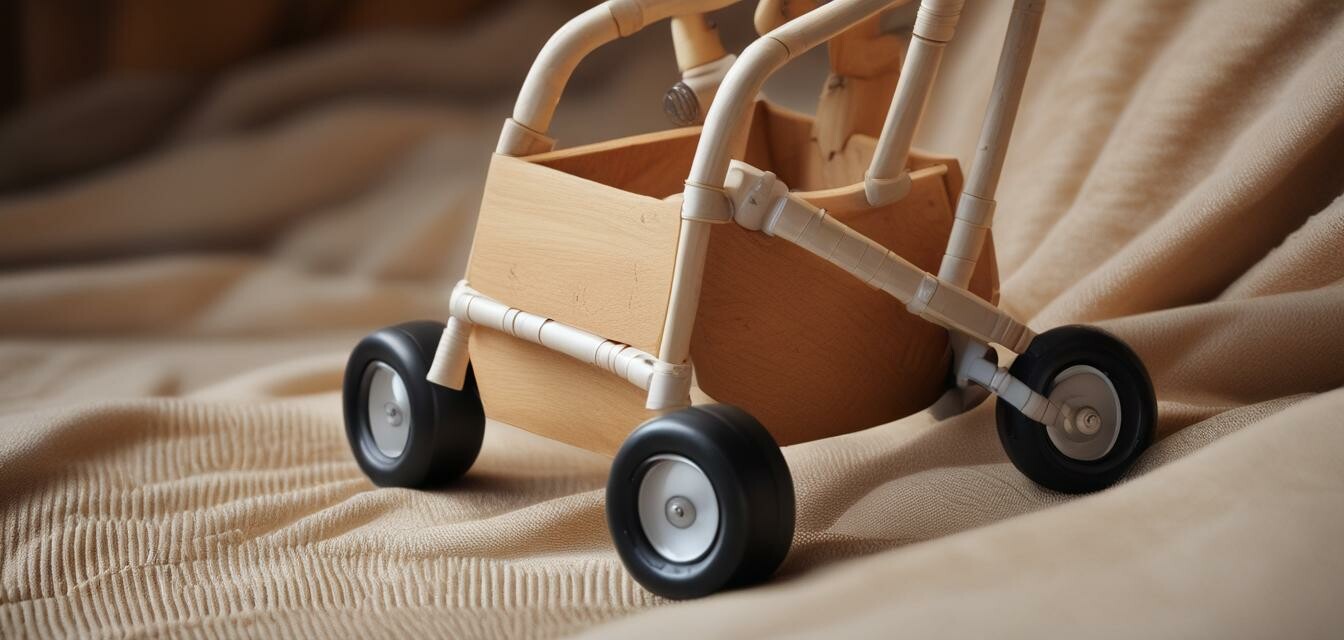
Eco-Friendly Stroller Trends for 2024
Key Takeaways
- Eco-friendly materials become standard in stroller designs.
- Manufacturers are adopting sustainable practices.
- Consumers increasingly prioritize safety and sustainability.
- Innovative design trends contribute to a greener future.
- Regulatory changes are impacting material choices.
The baby stroller market is witnessing significant changes as the demand for eco-friendly products rises. With consumers becoming more environmentally conscious, manufacturers are shifting their focus to eco-friendly materials and sustainable practices in stroller production. As we delve into the trends shaping the stroller industry in 2024, we will explore how these changes benefit consumers and the environment.
The Shift Towards Eco-Friendly Materials
Eco-friendly materials are at the forefront of stroller manufacturing in 2024. New advancements in material technology allow companies to create strollers that are not only stylish and functional but also contribute to a sustainable future.
| Material | Description |
|---|---|
| Recycled Plastics | Utilizes waste plastics to create durable and lightweight stroller components. |
| Bamboo | Fast-growing and renewable resource used in stroller frames and fabrics. |
| Organic Cotton | Grown without pesticides or synthetic fertilizers, ensuring safety for babies. |
| Natural Rubber | A sustainable alternative for wheels, providing excellent traction and durability. |
Sustainable Manufacturing Practices
In addition to using eco-friendly materials, stroller manufacturers are altering their manufacturing practices to reduce their carbon footprint. Here are some trends observed:
- Adopting energy-efficient production techniques.
- Implementing waste reduction strategies in production facilities.
- Utilizing local materials to cut down transportation emissions.
These practices not only benefit the environment but also appeal to consumers who prioritize sustainability. Understanding these trends can also help consumers make informed choices—discover more about eco-friendly practices in our Buying Guides section.
Consumer Preferences and Safety Concerns
As consumers become more aware of the environmental impacts of their purchases, there is a growing demand for strollers that prioritize safety without compromising on sustainability. Modern parents want assurance that the materials used in strollers will not harm their children or the planet.
| Feature | Eco-Friendly Option | Traditional Option |
|---|---|---|
| Material Safety | Non-toxic, biodegradable materials | Conventional plastics, treated with chemicals |
| Recyclability | Components can be recycled | Very few parts are recyclable |
| Manufacturing | Reduced environmental impact | Higher carbon emissions from production |
Innovative Design Trends in Eco-Friendly Strollers
Manufacturer innovation goes hand in hand with eco-friendly materials and production methods. Some notable design trends for 2024 include:
- Modular designs utilizing sustainable materials.
- Lightweight frames that do not sacrifice stability.
- Integrated storage options made from recycled materials.
- Customizable, stylish designs that cater to different tastes.
These innovations are transforming the stroller market and making it easier for conscious consumers to find products that align with their values. Parents interested in exploring a range of stroller options can get informed in our Convertible Strollers section.
Regulatory Changes Impacting Materials
Governments worldwide are beginning to implement more stringent regulations concerning materials used in children’s products. Many manufacturers are responding proactively, paving the way for better-regulated and safer products. Understanding these regulations can help guide purchasing decisions. For an overview of industry regulations, visit our News and Trends page.
Tips for Parents in 2024
- Research the materials used in your stroller.
- Check for certifications that ensure safety and sustainability.
- Consider brands that are transparent about their production practices.
- Look for products with a minimal carbon footprint.
Pros
- Environmentally friendly materials.
- Improved safety features for children.
- Support for sustainable practices in the industry.
- Access to innovative design and functionality.
Cons
- Higher price point compared to traditional strollers.
- Limited availability of certain eco-friendly products.
- Potential durability concerns depending on the materials used.
Conclusion
The trends toward eco-friendly strollers in 2024 reflect a significant shift in consumer demand for sustainable and safe products. As manufacturers respond to this demand by adopting better materials and practices, parents will find more options that align with their values. Staying informed about these trends ensures that you, as a parent, can make educated purchasing decisions that benefit your child and the environment.